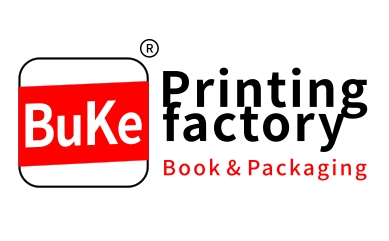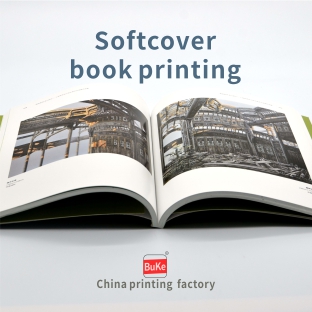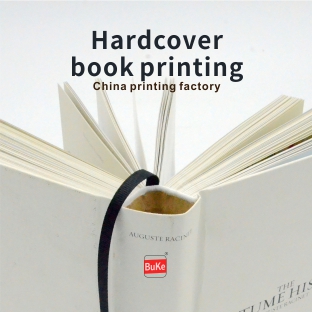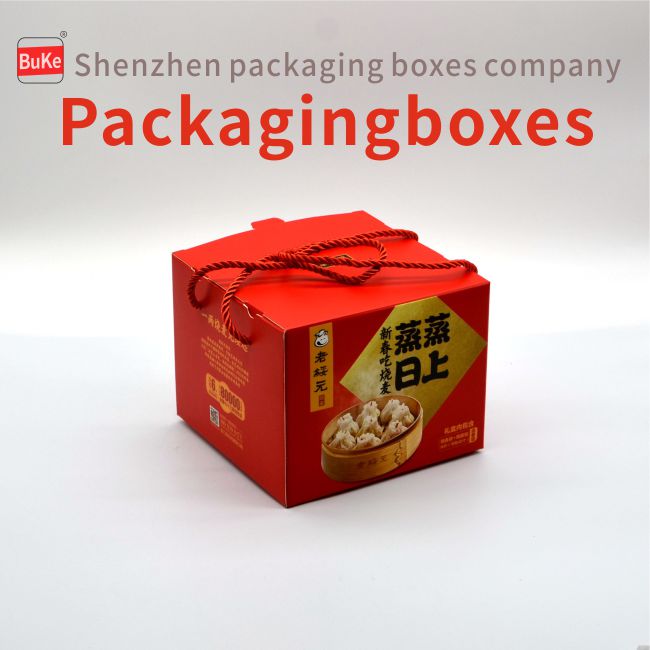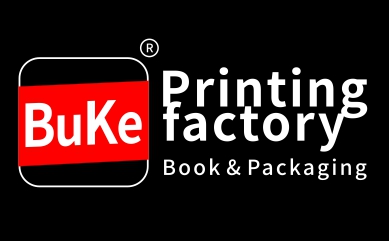

Welcome to China BuKe Printing Co.,Ltd
ISO9001 quality /ISO14001 environmental management system certification/FSC
China BuKePrinting Manufacturer
+86-136-3297-9900
Erison@book0755.com
Knowledge quantity is leading in the printing industry
-
9391
-
8835
-
6079
-
5613
-
5211
-
4826
-
4757
-
4467
-
4429
-
4410
-
4365
-
4355
-
4302
-
4249
-
4232
-
4179
-
4119
-
4108
-
4097
-
3799
-
3736
-
3658
-
3621
-
3578
-
3421
-
3374
-
3312
-
3290
-
3286
-
3201
Learn printing knowledge
Learning printing not only needs to learn professional knowledge in the industry, including the knowledge points of pre-press, printing and post-process of printing.
Learn printing industry knowledge, printing process knowledge, printing color knowledge And more knowledge of customer needs. Learn common problems encountered in printing and solve them.
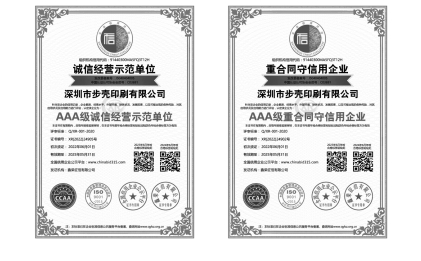
Classification of Paper Box Packaging Materials
Classification of Paper Box Packaging Materials
Among numerous packaging materials, paper is light and soft, with a wide range of raw materials, low cost, and diverse varieties. It is extremely convenient for processing, economical and practical, and suitable for mechanized large-scale production. According to their functions, they can be divided into ordinary packaging paper, special packaging paper, food packaging paper, commodity printing packaging paper, etc.
Paper commonly used in packaging boxes: kraft paper, corrugated paper, white cardboard, gray cardboard, cardboard, special paper, candy paper, and so on.
(1) Kraft paper:
It is a tough and water resistant packaging paper with high tear resistance. Usually in a yellow brown or brownish yellow color, it has a wide range of uses and can be divided into packaging kraft paper, waterproof kraft paper, moisture-proof kraft paper, rust proof kraft paper, patterned kraft paper, process kraft paper, insulated kraft cardboard, kraft paper, etc. Commonly used for making paper boxes, bags, envelopes, record covers, files, etc. Toughness and water resistance are important characteristics of kraft paper, with most of the kraft paper produced in the United States, Canada, and Scandinavia. Half bleached or fully bleached cowhide pulp appears light brown, cream colored, or white. The original cow paper can be bleached into different shades of gray or even white, making it suitable for making large packaging paper bags for transportation. Kraft paper usually has two to seven layers. In special circumstances, plastic and metal foil can be processed into its bags due to moisture resistance. This composite structure of large packaging bags is particularly sturdy and is commonly used to load construction cement, chemical products, grains, and feed. Refined kraft paper is an improved product of ordinary kraft paper, with light and bright color, clean appearance, high smoothness, good strength, and good printing effect. Nowadays, better envelopes and information bags are made of kraft paper.
(2) Corrugated paper:
More than 130 years ago, the British Edward Healy and Edward Allen brothers invented the method of pressing the paper into corrugated corrugated sheets, which can be used as the lining of hats to absorb juice. In 1858, the UK obtained its first patent to manufacture corrugated paper. In 1871, American Albert Jones packaged glass bottles with single-sided corrugated paper and obtained a patent. At that time, single-sided corrugated paper was used, and it was not until the late 19th century that the United States began researching the use of corrugated paper to make packaging and transportation boxes. In 1914, Japan began producing cardboard boxes, and in 1920, double corrugated cardboard was introduced, rapidly expanding its use. During World War I, wooden boxes accounted for 80% of transportation packaging, while cardboard boxes only accounted for 20%. stay
During World War II, cardboard boxes accounted for 80% of the transportation packaging boxes. Corrugated cardboard boxes in China started relatively late and only began to be promoted and used in 1954. Corrugated cardboard boxes, as transportation packaging, have the characteristics of low cost, light weight, easy processing, high strength, and easy recycling. Corrugated paper is a plate-like material formed by bonding surface paper and corrugated paper processed with corrugated rods. It is generally divided into single corrugated cardboard and double corrugated cardboard. Corrugated cardboard is formed by bonding surface paper, inner paper, paper core, and corrugated paper processed into corrugated paper.
According to the size of the corrugated, it can be divided into five types: A, B (transportation outer packaging box), C (beer box), E (single piece packaging box), and F (micro corrugated).
Due to the unique performance and advantages of using corrugated cardboard as a packaging container to beautify and protect the contents of goods, it has gained a great advantage in competition with various packaging materials and is one of the most important packaging materials used by countries around the world today. This is a packaging with minimal ink application. The entire packaging is folded from a fully cut corrugated paper without the need for pasting, greatly reducing the cost of manual production. The selection of environmentally friendly, lightweight, and loose materials enhances the lightweight and compressive strength of the product packaging, making it convenient for product transportation.
(3) White cardboard:
White cardboard is a type of thick and sturdy white cardboard made of pure high-quality wood pulp. It is a single-layer or multi-layer combination paper made entirely of bleached chemical pulp and fully glued. It is generally divided into blue and white single and double sided copper coated cardboard, white base copper coated cardboard, and gray base copper coated cardboard. The white card paper is relatively hard, thin and straight, with a high purity of color, uniform ink absorption, good folding resistance, and a wide range of uses, such as making various high-end packaging boxes,
The characteristics of this type of cardboard are: high smoothness, good stiffness, clean appearance, and good uniformity, suitable for printing and product packaging.
It is divided into three levels: A, B, and C. Generally, there are 200g, 250g, 280g, 300g, 350g, and 400g of white cardboard, and the role played by different grams of white cardboard varies.
SAS Cube is a brand new aircraft dining concept from SAS Nordic Airlines, and this unique cube design will bring a simple and high-quality authentic Nordic dining experience. The design inspiration comes from the natural scenery and culture of Scandinavia, with a soothing white exterior painted with natural patterns of quiet and elegant Norwegian mountains, Danish coasts, and Swedish forests. Opening this cube's lunch box is like unpacking a brand new mobile phone packaging or a box of high-end chocolates. The design is very exquisite and meets the needs of passengers, making the use process more convenient. Considering the limited space during flight, there are spare spaces left for passengers to continue working, reading, or watching movies, and every detail reflects the designer's appropriate care.
(4) Grey cardboard:
Commonly used in packaging boxes, it is commonly known as gray cardboard due to its gray back. This type of cardboard is suitable for single sided printing boxes, with a density much lower than that of white cardboard. It is also often used for mounting pit paper, making it commonly known as cardboard. This packaging box is more protective for the product.
(5) Carton board:
Also known as hemp cardboard, it is a relatively sturdy cardboard specifically used for making outer packaging boxes. The surface is smooth, with a light yellow or light brown color. It has high mechanical strength, folding resistance, and burst resistance, and can be divided into two types: ordinary and advanced. Ordinary ones use chemical unbleached straw pulp as raw material, while advanced ones are mixed with brown ground wood pulp, kraft wood pulp, cotton pulp, or hemp pulp. The use of cardboard boxes is extensive.
(6) Special paper:
Generally, it refers to paper that is good in quality, expensive in price, has special uses, and has a relatively small output. The wide variety of special paper is a general term for various special purpose papers or art papers, and now sales refer to art papers such as embossed paper as special paper. Due to the wide range of applications, high performance and added value of special paper, but low domestic production rate.
(7) Candy paper
It is a type of paper material widely used for packaging, which is printed with packaging patterns and waxed for packaging candy. It has good water resistance and air permeability, and is not only used for candy packaging, but also for moisture-proof packaging of food such as bread.
Paper packaging materials are non-toxic, odorless, pollution-free, safe and hygienic. Various types of paper packaging materials produced under strict technological conditions can meet the packaging needs of different commodities without polluting the packaging content.
Therefore, paper is the most commonly used in food packaging, accounting for about 70% of the entire packaging industry. Food packaging paper must meet the requirements of non-toxic, oil resistant, waterproof, moisture-proof, and sealing when selecting food packaging materials, as most of its packaging is directly edible and in direct contact with food.
Among various food packaging materials, plastic has the characteristics of lightweight, cheap, and good barrier properties, and has always held a large share in the food packaging market. However, due to the harmful effects of plastic on human health and its extreme difficulty in natural degradation, it has caused serious environmental pollution, which limits its further development in the field of food packaging.
In recent years, the global call for environmental protection has been increasing, and the development of food packaging paper has become a consensus in the food and packaging industry.

Classification of Paper Box Packaging Materials


Contact us
Free sample
E-mail:
Erison@book0755.com
Buke@book0755.com
WhatsApp/Tel:
+86 13632979900
Wechat:
-
2023-05-11
-
2023-02-20
-
2023-02-16
-
2023-01-31
-
2023-01-24
-
2023-01-23
—— Book & Packaging / Printing Factory of China ——
Contact us to make free samples
-
Publishing and Plate Printing ......
2023-05-19
-
How to Use Printing Prices for......
2023-05-13
-
What is the process flow of ho......
2023-05-08
-
What is the process flow of wi......
2023-05-07
-
Milling back for hardcover boo......
2023-05-05
-
What is the printing on the ba......
2023-05-04
-
2023-05-12
-
2023-03-28
-
2023-03-27
-
2023-03-26
-
2023-03-25
-
2023-03-24
China Printing Factory/Printing Company/Printing Album/Packaging Box Printing/Packaging Box Customization/Handbag Printing/Textbook Printing/Color Box Printing/Printing Factory Shenzhen/Packaging Printing Factory/Paper Box Printing Album/www.book0755.com/No.23 Xinxia road Pinhu Street Longgang Shenzhen Guangdong China / 518111
China Guangdong Shenglongda Printing/Hualiantai Paper Packaging/China Buke Printing Co., Ltd/Shenzhen Buke Trading Co.,Ltd Sitemap
公安網備:粵ICP備2022046155號-1
E-mail: Erison@book0755.com
Buke@book0755.com
Tell: +86-136-3297-5453
+86-136-3297-3272
WhatsApp: +86-136-3297-9900
ISO certification
Advanced equipment
Delivery
to door
After-sale service
Heidelberg , and
other imported equipment
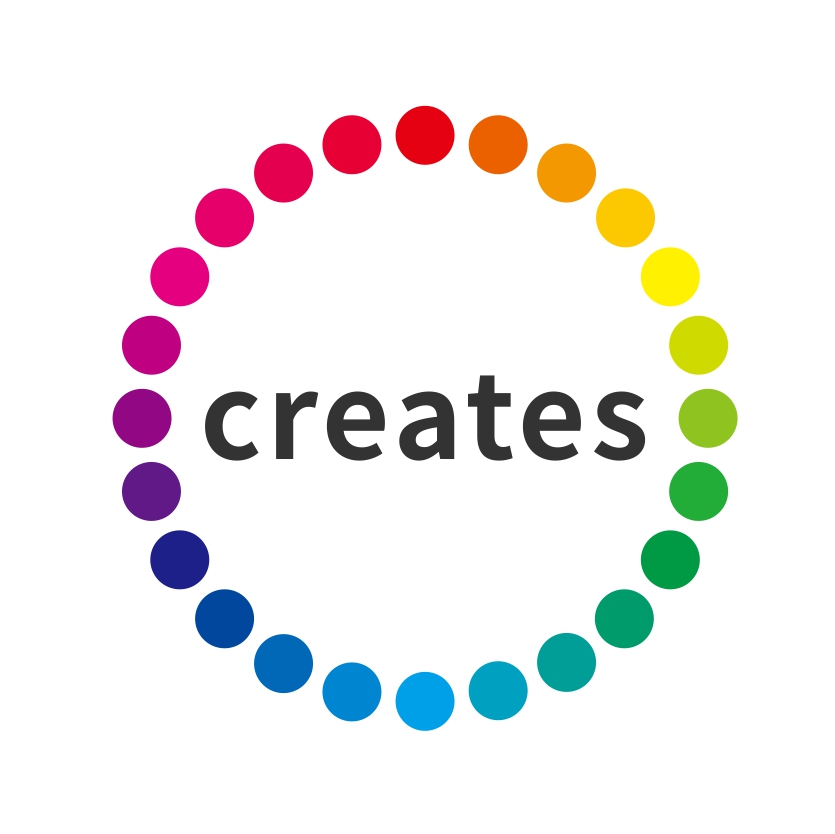
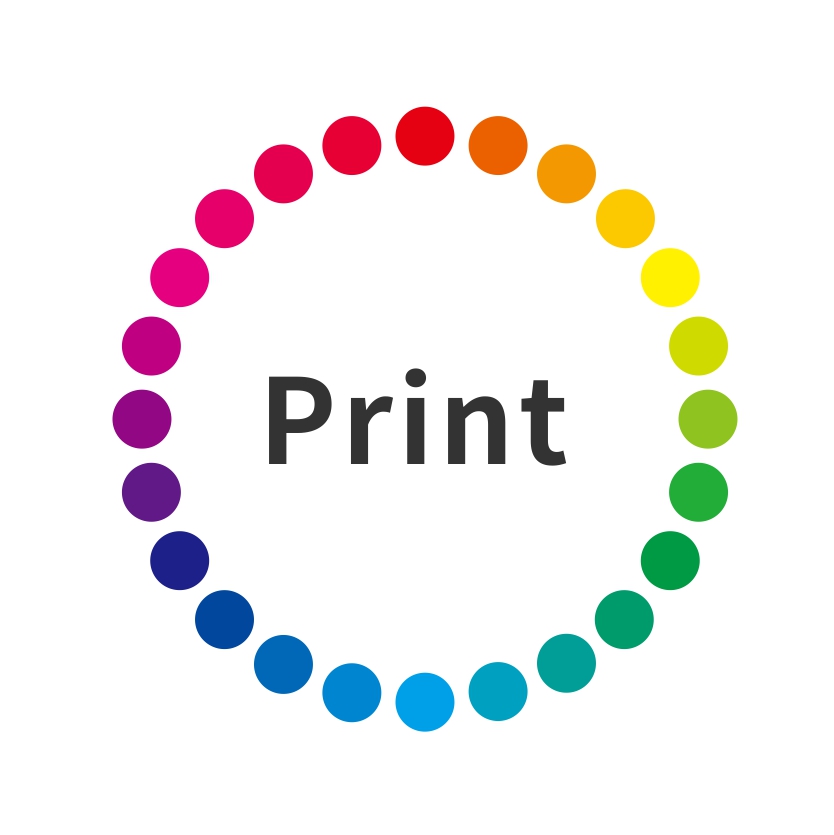

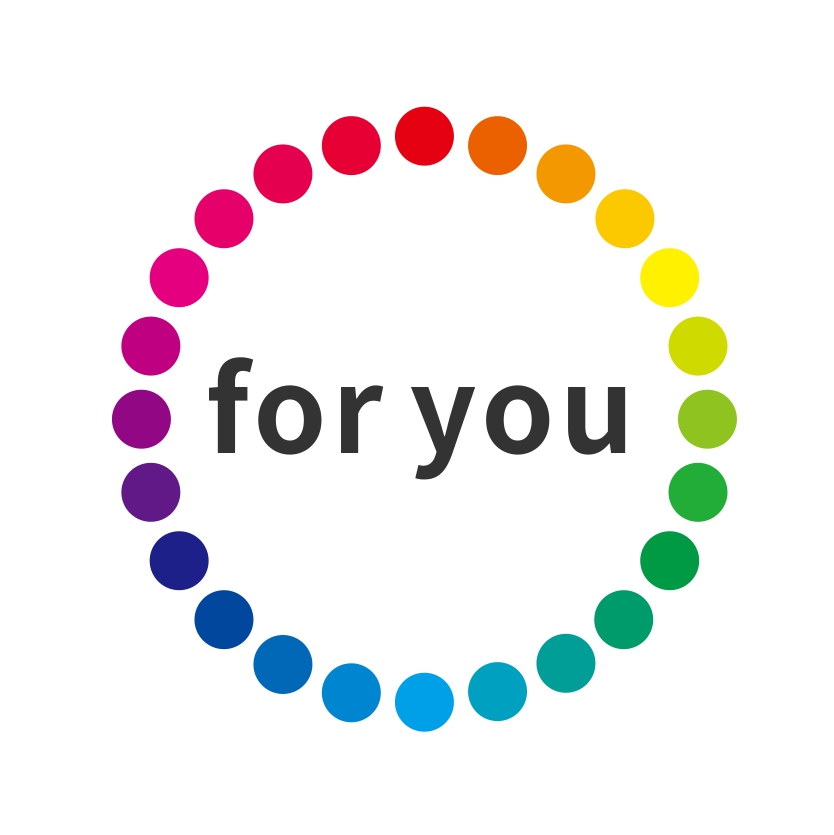
ISO9001 / ISO14001
FSC forest certification
Domestic to door
International to door
After-sales service
Free reprint of quality problems



